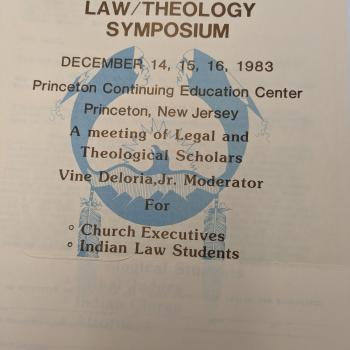For a “think tank” of sorts, I find myself writing a white paper on education (yep, the whole shebang) and its current aspirations and ailments. It’s a tough assignment, for how does one make sense of such a large category. Here’s my first swipe at defining “institutional parameters.” I welcome feedback!
I. Institutional Parameters
“Education” is an immense category that defines a field of human endeavor—traceable in the Western tradition to Plato’s Academy and Aristotle’s Lyceum—that attempts to instruct the young, discover truth, impart knowledge, and improve society. Throughout history, the purpose of education, the ideas that have defined it, those funding it, and the institutions embodying it have exhibited great heterogeneity. The historical record also suggests that education frequently appears to be in “crisis” and that “reforms” are necessary. Debates over the aims and control of education are often complex and acrimonious, pitting powerful interests and ideologies in society against one another.
Academies, monasteries, cathedral schools, universities, private academies, boarding schools, tutorials, apprenticeships, technical schools, seminaries, yeshivas, public schools, and, not least, families have been the key institutional loci for education. In the modern age, the German Gymnasium and research university, the French lycée and grandes écoles, and the Anglo-American “common school” and “college” have been particularly influential shapers of education. During the late eighteenth and early nineteenth centuries, the heyday of nationalism and modern state-building, compulsory education, beginning in Prussia and France, emerged as a key means to effect social discipline, promote citizenry, and create a skilled national workforce. In the US, the state of Massachusetts enacted the first compulsory attendance law in 1852; attendance became compulsory in all states in 1918. In the United States today, 50 million students attend roughly 100,000 schools and are educated by over 3 million teachers. About half of these students attend college or some form of higher education beyond high school.
With respect to ideals, the classical notion of Socratic questioning and the “liberal arts” (artes liberales), mediated through many voices over the centuries, have proven particularly resilient in rhetoric if not always in practice. Education for citizenship, character formation, and social mobility have also been widespread and enduring ideals. Reformers such as John Locke, J. J. Rousseau, J. H. Pestalozzi, Thomas Jefferson, Wilhelm von Humboldt, Horace Mann, Victor Cousin, Margaret Fuller, Booker T. Washington, Matthew Arnold, John Dewey, among many others have left their imprint on the modern educational enterprise. What is more, religious forces—Catholic, Protestant, and Jewish—have exerted significant influence over education, even if this has been diluted in our more secular age.
For much of the past, education has been the privilege of the few, mainly white males with means. In more recent times, under a democratic political aegis, women, minorities, and those living in poverty have gained better access to education, but the record of inclusion has often been spotty and incomplete. Article 26 of the United Nation’s Declaration of Human Rights (1948) asserts that access to education is a universal human right. Given the global reach of this document, permit a full quotation:
1) Everyone has the right to education. Education shall be free, at least in the elementary and fundamental stages. Elementary education shall be compulsory. Technical and professional education shall be made generally available and higher education shall be equally accessible to all on the basis of merit. 2)Education shall be directed to the full development of the human personality and to the strengthening of respect for human rights and fundamental freedoms. It shall promote understanding, tolerance and friendship among all nations, racial or religious groups, and shall further the activities of the United Nations for the maintenance of peace. 3) Parents have a prior right to choose the kind of education that shall be given to their children.
For our purposes, we shall restrict our analysis largely if not exclusively to American institutions or learning, K-12 as well as to undergraduate and post-baccalaureate institutions of learning, whether public or private, religious or secular. Again, education is an immense category.













